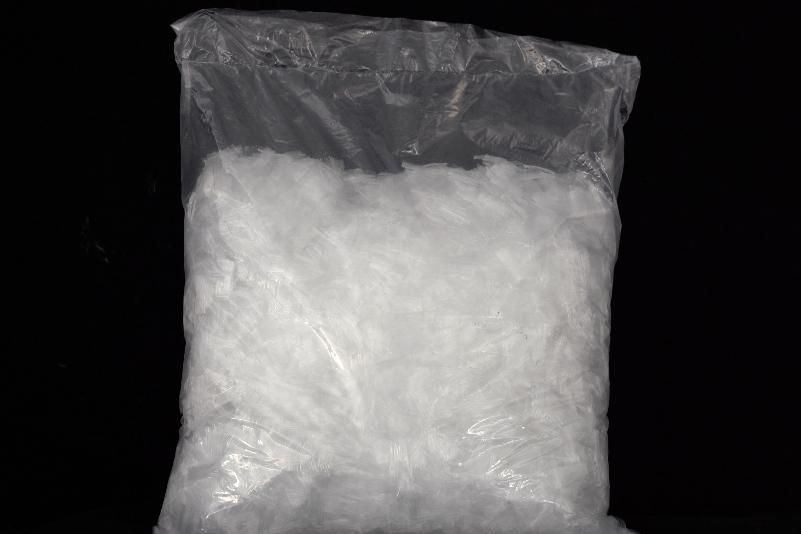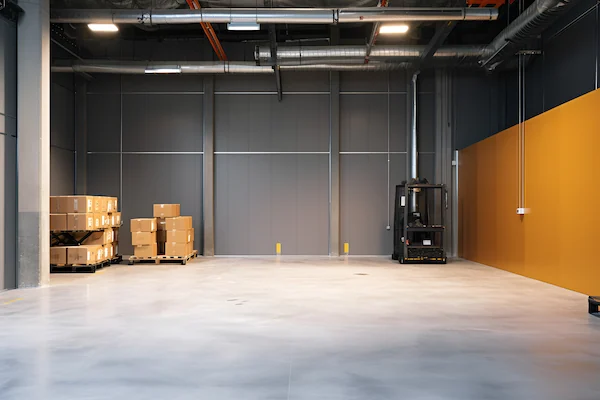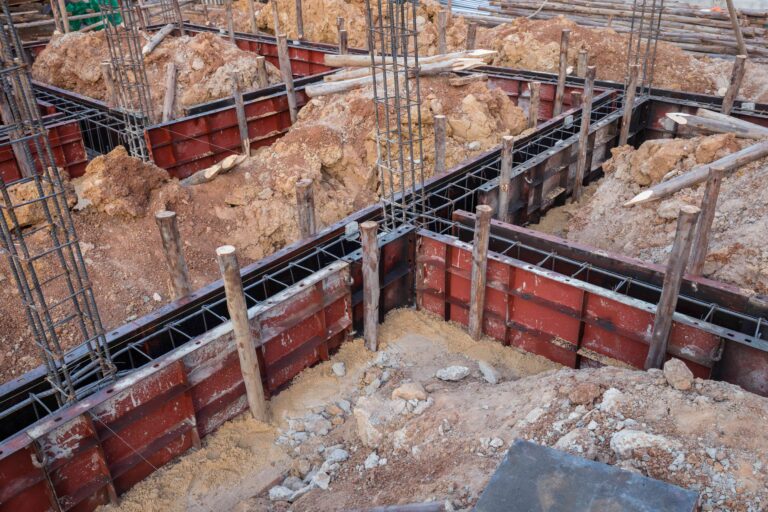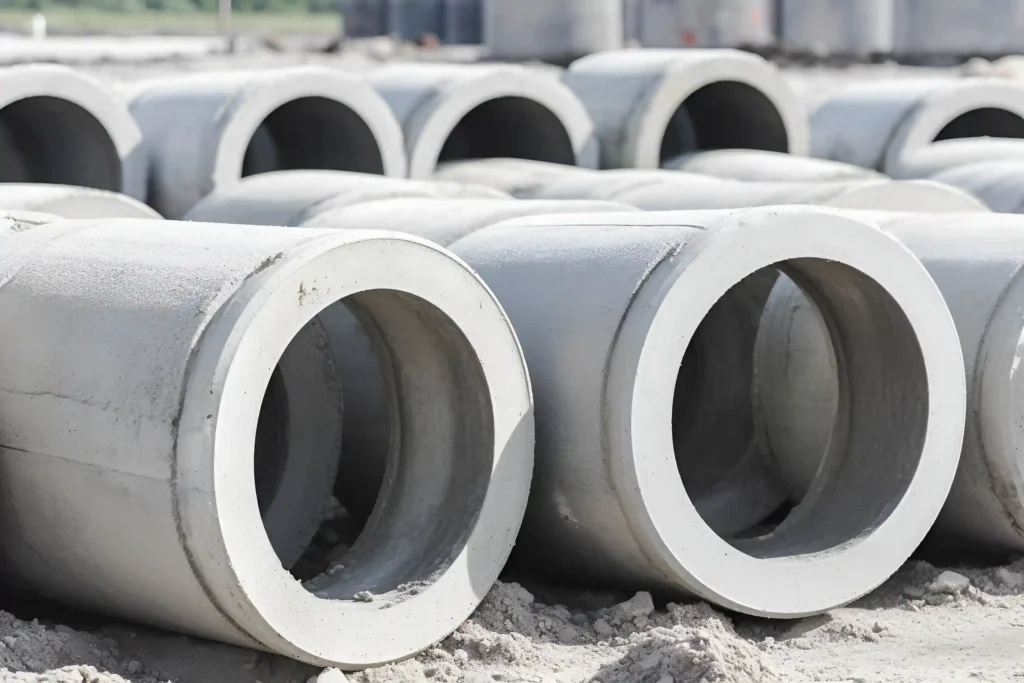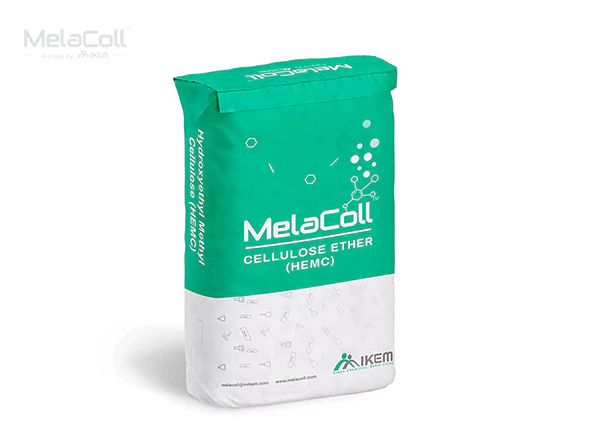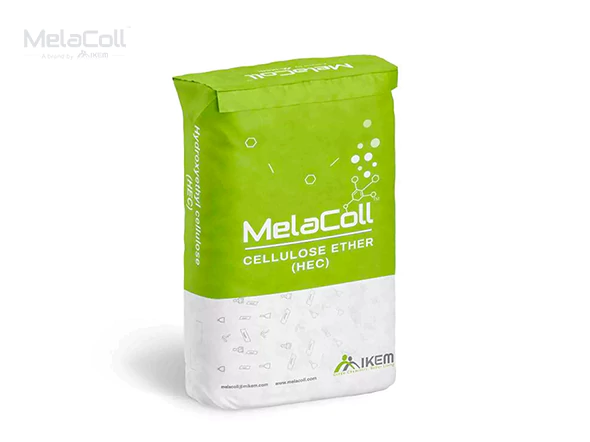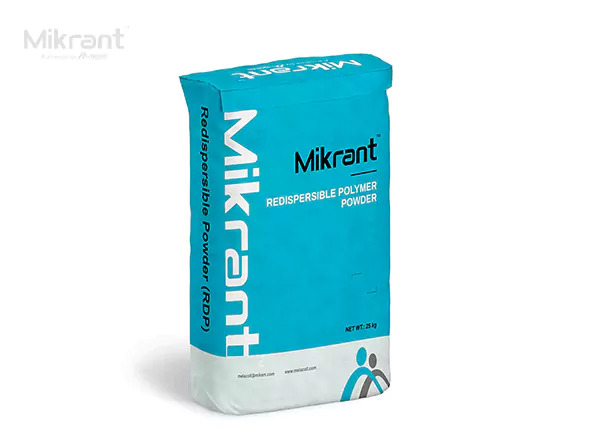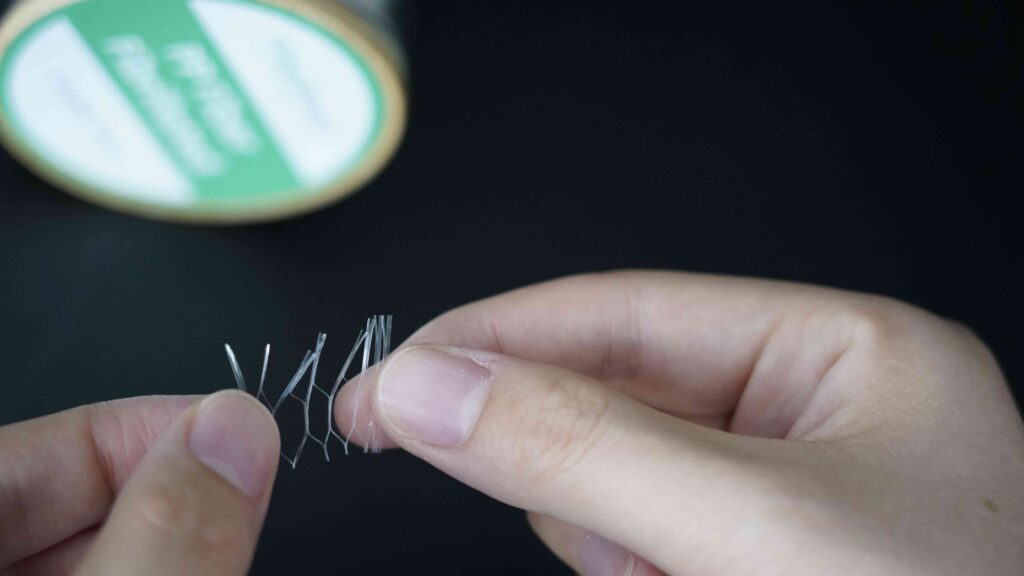Yes, polypropylene fiber is considered safe for a wide range of applications, including construction. It is non-toxic, and since it is chemically inert, it does not react with most substances, making it safe to use in environments where chemical stability is crucial. Polypropylene mesh does not release harmful substances into the environment, even in the presence of high temperatures or moisture. However, like any material, it’s essential to follow safety guidelines during installation, particularly in terms of handling and wearing protective gear.

